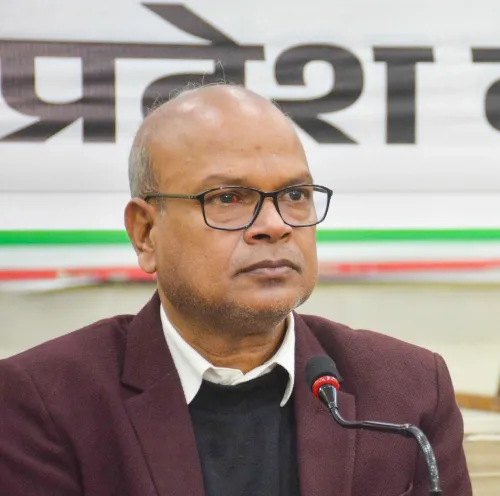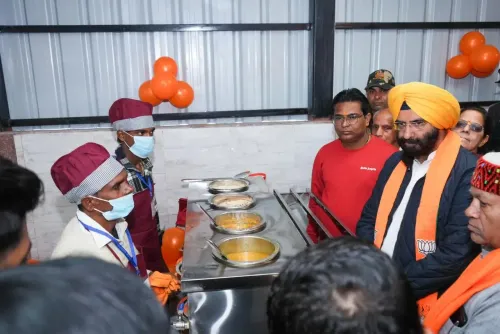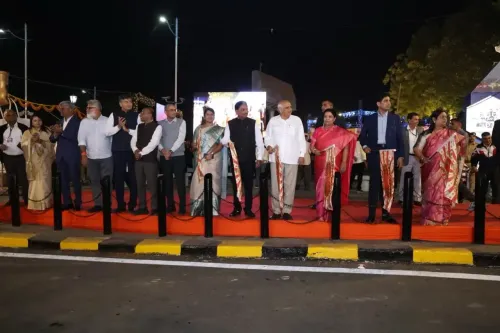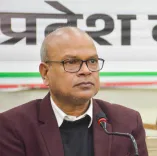Will Mahagathbandhan Liberate Bihar from 20 Years of Helplessness?
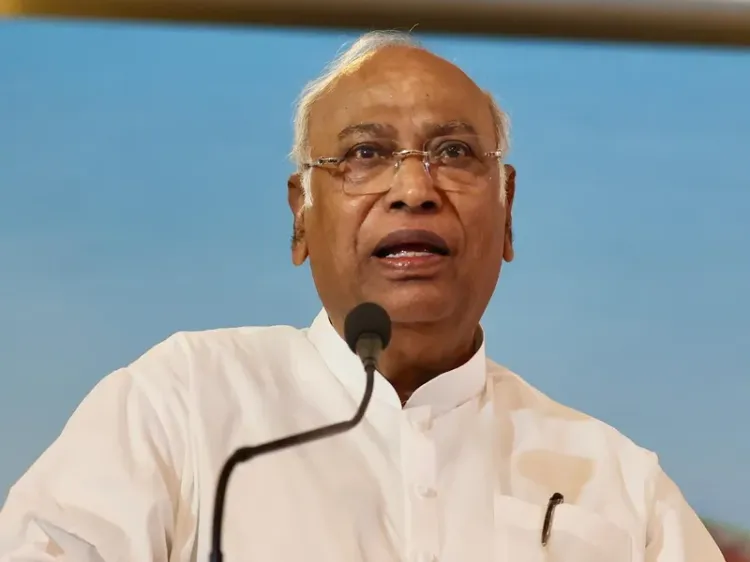
Synopsis
Key Takeaways
- Mahagathbandhan aims to end 20 years of ineffective governance.
- Promises to uplift marginalized communities and ensure social justice.
- Key electoral phase with 122 constituencies voting.
- Election results from 2020 show a competitive landscape.
- Congress's reliance on coalition partners continues.
New Delhi, Nov 10 (NationPress) As Bihar prepares for the concluding phase of its Assembly elections, Congress President Mallikarjun Kharge emphasized that the Mahagathbandhan (Grand Alliance) aims to liberate the state from the so-called “helpless system” that has persisted for twenty years.
In a social media post, Mallikarjun Kharge declared, “The Mahagathbandhan will liberate Bihar from the helpless system of two decades. Migration will cease, and the future of our youth will no longer be shrouded in darkness. Every household will see job opportunities, leading to a brighter future.”
He further expressed, “We will put an end to injustice and transform Bihar through social justice. Rights will be granted to Dalits, Mahadalits, tribals, backward classes, economically weaker sections, and minorities.”
Highlighting the alliance’s commitments, Kharge mentioned, “Economic upliftment for women, farmers, youth, and all demographics will be prioritized. The populace of Bihar is determined to alter the state's narrative. We will restore Bihar's pride and we assure you, we will deliver.”
The campaign for the final phase of the Bihar Assembly elections, set for November 11, concluded on Sunday evening.
This phase will witness electoral activities in 122 constituencies across 20 districts. Previously, 121 seats were contested in the first phase across 18 districts. A total of 1,302 candidates, including 136 women (approximately 10% of the total), are in the running this time. Voting will occur at 45,399 polling stations, with an electorate comprising 3.70 crore voters, including 1.95 crore men and 1.74 crore women.
In the 2020 Assembly elections, the BJP secured 42 out of these 122 seats, followed by RJD with 33, JD(U) with 20, Congress with 11, and the Left parties with five. During the 2015 elections, when JD(U) and RJD were in alliance, the BJP's count dropped to 36, while the JD(U)-RJD-Congress coalition captured 80 of these seats.
The constituencies in this phase are spread across Bihar’s central, western, and northern regions. The BJP has traditionally held sway in Tirhut, Saran, and northern Mithilanchal, encompassing districts such as East Champaran, West Champaran, Sheohar, Sitamarhi, and Saran.
The JD(U) retains influence in Bhagalpur, while the Mahagathbandhan boasts a stronghold in the Magadh region, including Gaya, Aurangabad, Nawada, Jehanabad, and Arwal. The Congress, however, continues to rely on its allies for influence in these areas.


